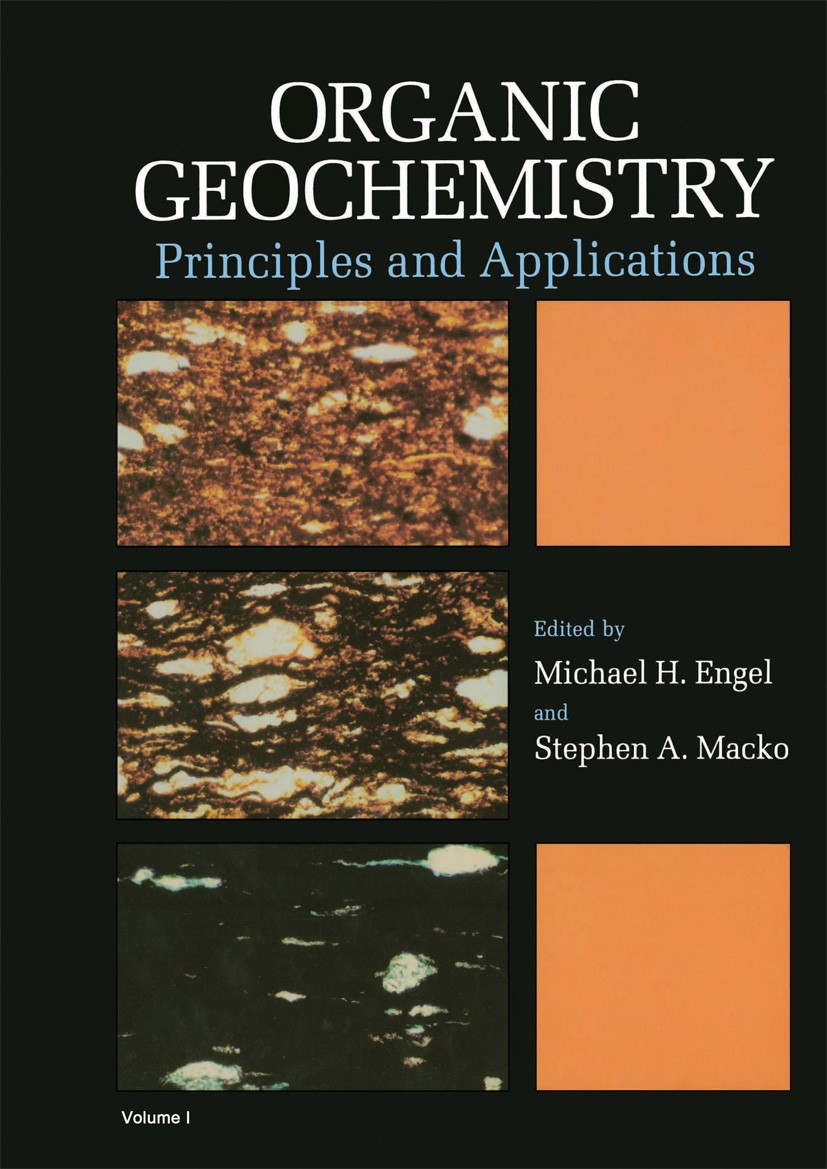Hydroxylated GDGTs-0 in marine methane seep environments: A putative indicator for archaeal methanogenesis
IF 2.6
3区 地球科学
Q2 GEOCHEMISTRY & GEOPHYSICS
引用次数: 0
Abstract
Marine methane seeps are environments with a high microbial diversity, but are known for one biogeochemical key process, the sulfate-driven anaerobic oxidation of methane (SD-AOM) performed by anaerobic methane-oxidizing archaea (ANME) and sulfate-reducing bacteria (SRB). SD-AOM is also the dominant process at methane seeps in the South China Sea based on the lipid biomarker inventory of authigenic seep carbonates characterized by crocetane, a high sn2-hydroxyarchaeol over archaeol ratio, low contents of glycerol dibiphytanyl glycerol tetraethers (GDGTs), and δ13Clipid-methane offsets of −52 ± 4‰. Combined with the dominance of aragonite over other carbonate minerals, such pattern suggests high seepage intensity with a predominance of ANME-2/SRB consortia. Interestingly, the studied seep carbonates also yielded some uncommon biomarkers for these consortia, which may derive from methanogenic archaea. Methylotrophic methanogenesis has been shown to be the dominant mode of methanogenesis in seep environments where non-competitive substrates like methanol or trimethylamine are abundant. The presence of methylotrophic methanogens is possibly indicated by high contents (more than 50% of all GDGTs) of hydroxylated GDGTs-0 (OH-GDGT-0 and 2OH-GDGT-0) with extreme 13C-depletion (−128‰ to −116‰); this unique pattern is recognized in only some of the studied seep carbonates, while other carbonates are dominated by typical distributions of ANME-2 lipids, also comprising GDGTs with 0 to 4 rings, but lacking high contents of OH-GDGTs. The overall lack of crenarchaeol, the specific biomarker of planktonic Thaumarchaeota, agrees with the tentative assignment of the highly abundant OH-GDGTs-0 to methanogenic archaea. Such interpretation is necessarily circumstantial considering that the compound and carbon isotope composition of the membranes of ANME and methanogenic archaea is similar. Although production of OH-GDGTs has been previously reported for both planktonic Thaumarchaeota and ANME, OH-GDGT-0 as sole and highly abundant OH-GDGT has only been recognized in one culture of methanogenic archaea. Therefore, the high abundance of 13C-depleted hydroxylated GDGTs-0 compared to only minor contents of regular, ANME-derived GDGTs 1–4 with similar 13C-depletions can possibly be used as an indicator for methylotrophic methanogenesis in seep environments. Future experimental work is needed and should test if 13C-depleted hydroxylated GDGTs-0 are indeed biomarkers of methylotrophic methanogenesis at seeps.
海洋甲烷渗漏环境中的羟基化 GDGTs-0:古甲烷生成的推定指标
海洋甲烷渗漏是微生物多样性很高的环境,但有一个生物地球化学关键过程为人所知,即由厌氧甲烷氧化古细菌(ANME)和硫酸盐还原菌(SRB)执行的硫酸盐驱动的甲烷厌氧氧化(SD-AOM)过程。根据自生渗漏碳酸盐的脂质生物标志物清单,SD-AOM 也是南海甲烷渗漏的主要过程,其特点是鳄鱼烷、sn2-羟基archaeol 与古醇类的比率高、甘油二二乙烷甘油四醚(GDGTs)含量低、δ13Clipid-甲烷偏移为 -52 ± 4‰。结合文石相对于其他碳酸盐矿物的优势,这种模式表明渗流强度很高,ANME-2/SRB 联合体占主导地位。有趣的是,所研究的渗流碳酸盐还为这些菌群提供了一些不常见的生物标志物,这些标志物可能来自产甲烷古细菌。在甲醇或三甲胺等非竞争性底物含量丰富的渗漏环境中,甲基营养甲烷生成已被证明是甲烷生成的主要模式。羟基化的 GDGTs-0(OH-GDGT-0 和 2OH-GDGT-0)含量高(占所有 GDGTs 的 50%以上),13C-消耗量极高(-128‰ 到 -116‰),这可能表明存在甲养甲烷菌;这种独特的模式仅出现在部分研究的渗出碳酸盐岩中,而其他碳酸盐岩则以典型的 ANME-2 脂类分布为主,也包括 0 至 4 环的 GDGT,但缺乏高含量的 OH-GDGT。由于总体上缺乏浮游厚壳类群(Thaumarchaeota)的特异生物标记--克伦鲨烯醇(crenarchaeol),这与将高含量的羟基-GDGTs-0 暂时归类为甲烷古菌的观点一致。考虑到 ANME 和产甲烷古细菌膜的化合物和碳同位素组成相似,这种解释必然是间接的。虽然浮游潮生菌和 ANME 都有产生 OH-GDGTs 的报道,但 OH-GDGT-0 作为唯一的高丰度 OH-GDGT 只在一种产甲烷古细菌培养物中被发现。因此,13C-耗尽的羟基化 GDGTs-0 的高丰度含量与常规的、ANME 衍生的 GDGTs 1-4 的少量含量(具有相似的 13C-耗尽)相比,可以作为渗漏环境中养甲烷生成的指标。未来的实验工作需要检验 13C 贫化羟基化 GDGTs-0 是否确实是渗漏中养甲烷生成的生物标志物。
本文章由计算机程序翻译,如有差异,请以英文原文为准。
求助全文
约1分钟内获得全文
求助全文
来源期刊

Organic Geochemistry
地学-地球化学与地球物理
CiteScore
5.50
自引率
6.70%
发文量
100
审稿时长
61 days
期刊介绍:
Organic Geochemistry serves as the only dedicated medium for the publication of peer-reviewed research on all phases of geochemistry in which organic compounds play a major role. The Editors welcome contributions covering a wide spectrum of subjects in the geosciences broadly based on organic chemistry (including molecular and isotopic geochemistry), and involving geology, biogeochemistry, environmental geochemistry, chemical oceanography and hydrology.
The scope of the journal includes research involving petroleum (including natural gas), coal, organic matter in the aqueous environment and recent sediments, organic-rich rocks and soils and the role of organics in the geochemical cycling of the elements.
Sedimentological, paleontological and organic petrographic studies will also be considered for publication, provided that they are geochemically oriented. Papers cover the full range of research activities in organic geochemistry, and include comprehensive review articles, technical communications, discussion/reply correspondence and short technical notes. Peer-reviews organised through three Chief Editors and a staff of Associate Editors, are conducted by well known, respected scientists from academia, government and industry. The journal also publishes reviews of books, announcements of important conferences and meetings and other matters of direct interest to the organic geochemical community.
 求助内容:
求助内容: 应助结果提醒方式:
应助结果提醒方式:


